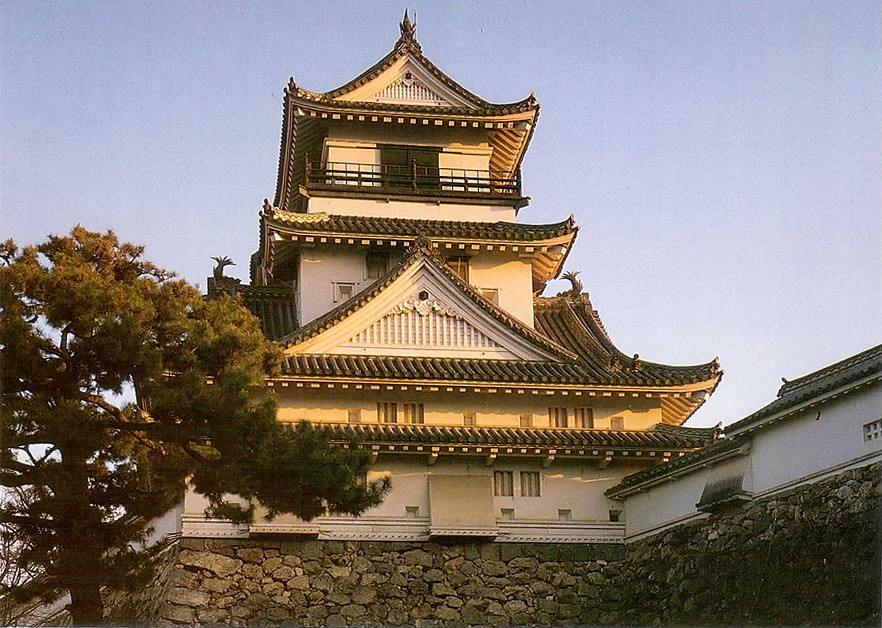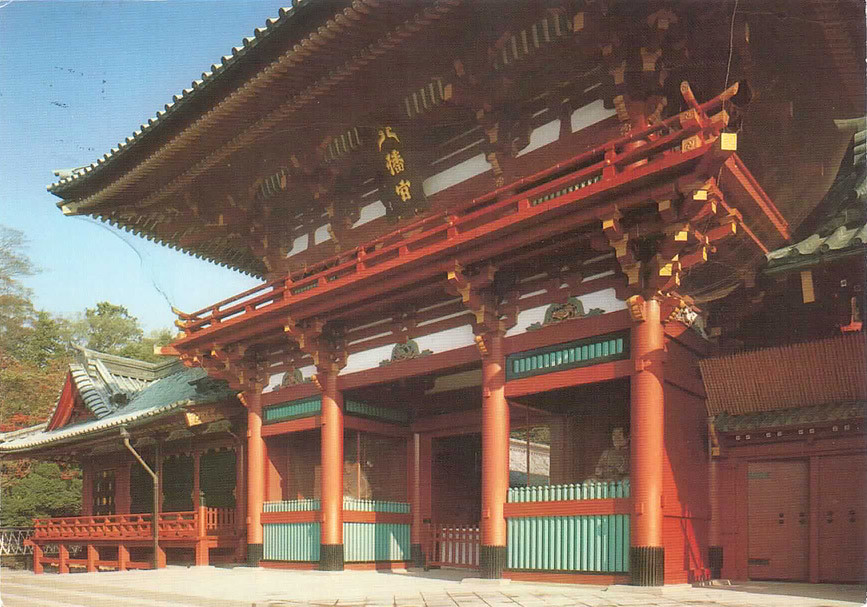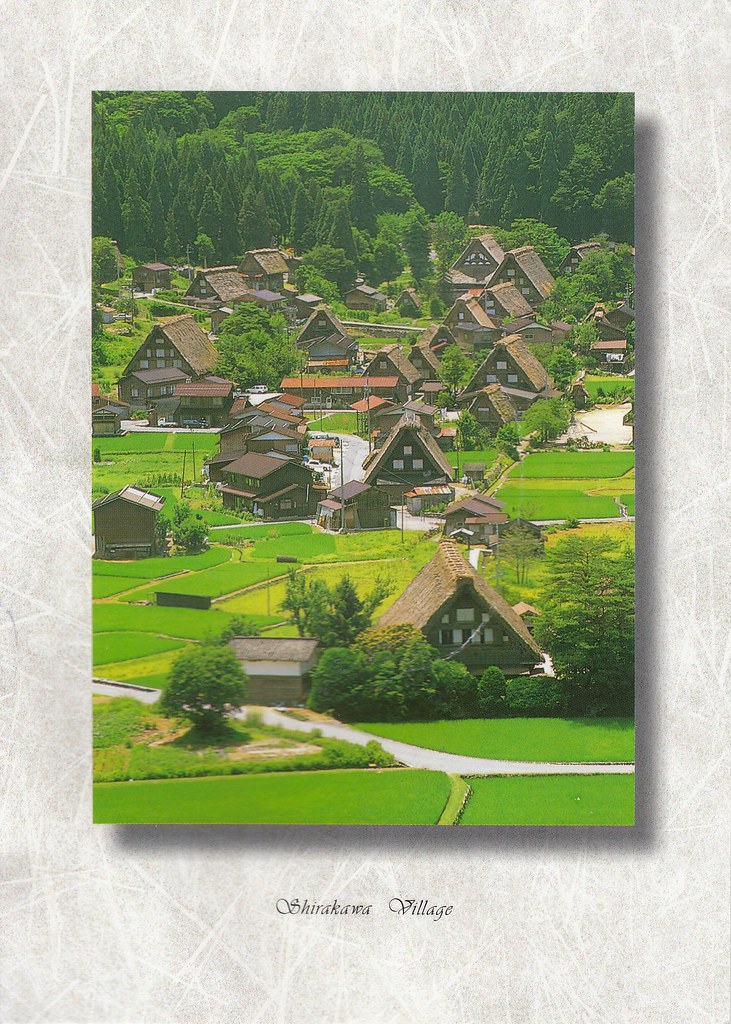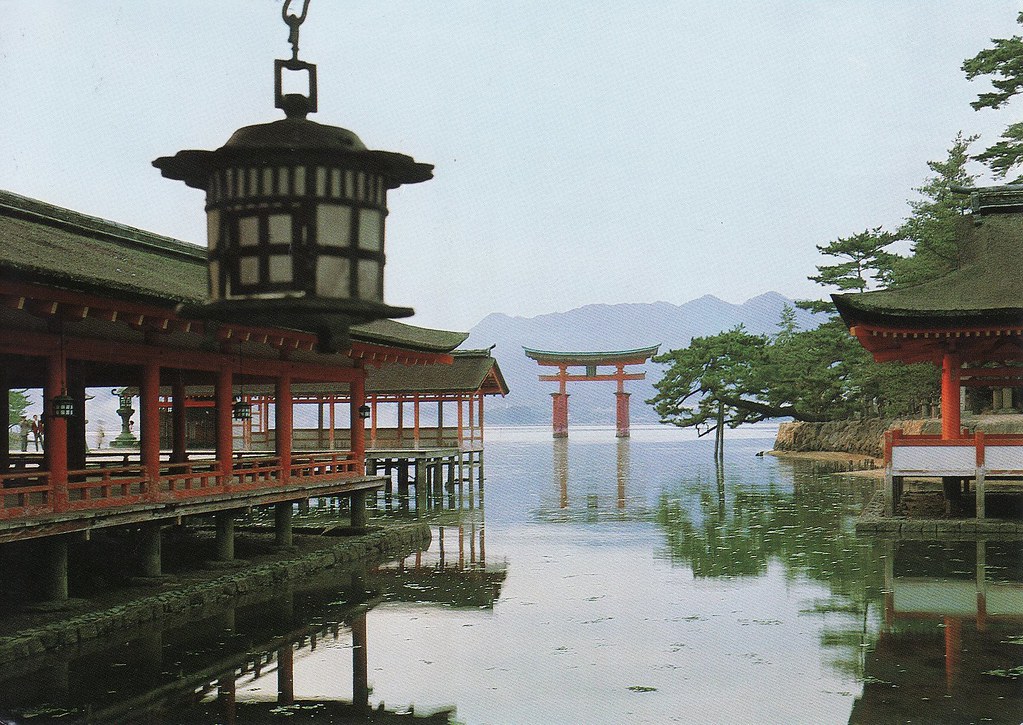I sent a postcard to Aishah from Malaysia in the activity "Austria Meets World Round Robin (RR)" in March 2014.
The theme of this activity is transport so I sent her a card showing a rickshaw, one of the oldest transport in Hong Kong.
The term rickshaw origins from the Japanese word
jinrikkusha, (人力車, meaning man-powered vehicle). Rickshaw was introduced from Japan to Hong Kong in 1874 by a German merchant, who ran a rickshaw company in Central. It has been a popular and unique transport that it has appeared on postcards from Hong Kong since its introduction. Like this one:
This is a photo taken in the studio as evidenced from the floor. It was a usual practice for studio owner to put something seen outdoor in the studio for photo-taking. The photo was then made into postcard.
This postcard (also reproduced from a photo) shows the busiest section of Queen's Road - outside the Central Market (on the left). There are many rickshaws on the road.
In return, I got this postcard from Aishah, showing a fishing village.
I met Aishah another activity "I'm going to Vacation RR". I sent her a card of Itsukushima Shrine, Hiroshima. It is the familial shrine of the Taira clan and also a UNESCO site of Japan.
In return, I received this postcard from her, a beautiful painting showing village life in Malaysia.
In another activity "Tag within Asia" I got a postcard from Aishah again. It shows the Clan House of Khoo Kongsi in Penang (or George Town).
Kongsi (公司) is similar to partnership or a company. It described a group of people, usually from the same place of origin, running business together. Some secret societies also use the kongsi as their organisations' name to avoid trouble.
This building is the Clan House of the Khoo. The Khoo migrated from China to Malaysia and built this house in around the 15th century. Clan house is a place for familial gathering. In the past, clansmen settled dispute in the clan house rather than in local court. When there is a newborn male baby, he would be blessed in the clan house too; and every year, male member of the clan could get a share of pork in the clan house - a symbol of their status within the clan.
The Clan House of Khoo Kongsi is now a part of the Malaysia UNESCO site, Melaka and George Town, Historic Cities of the Straits of Malacca.
Visit the official website for more information.









































 More Information
More Information











